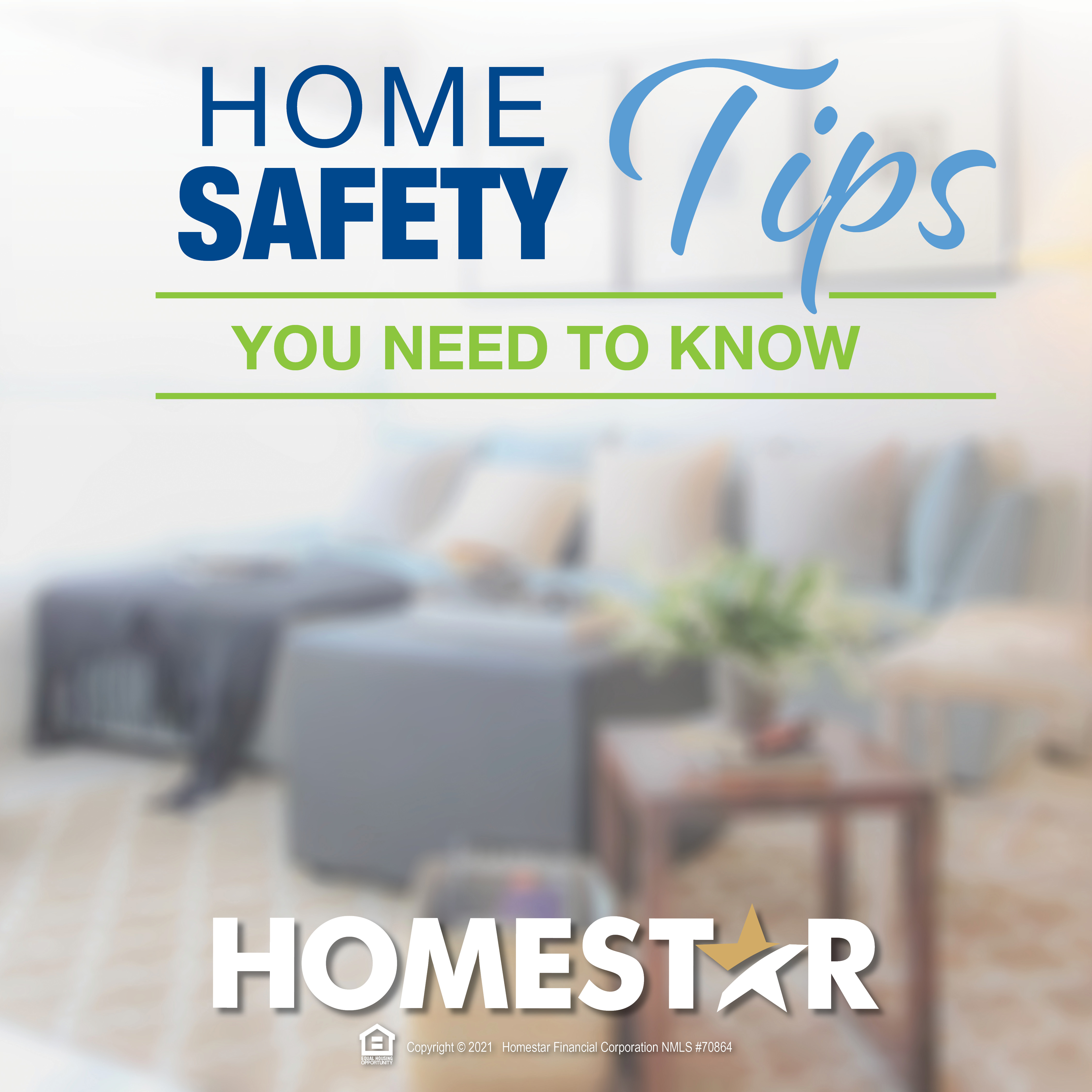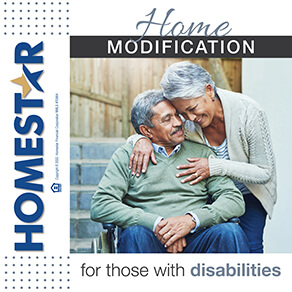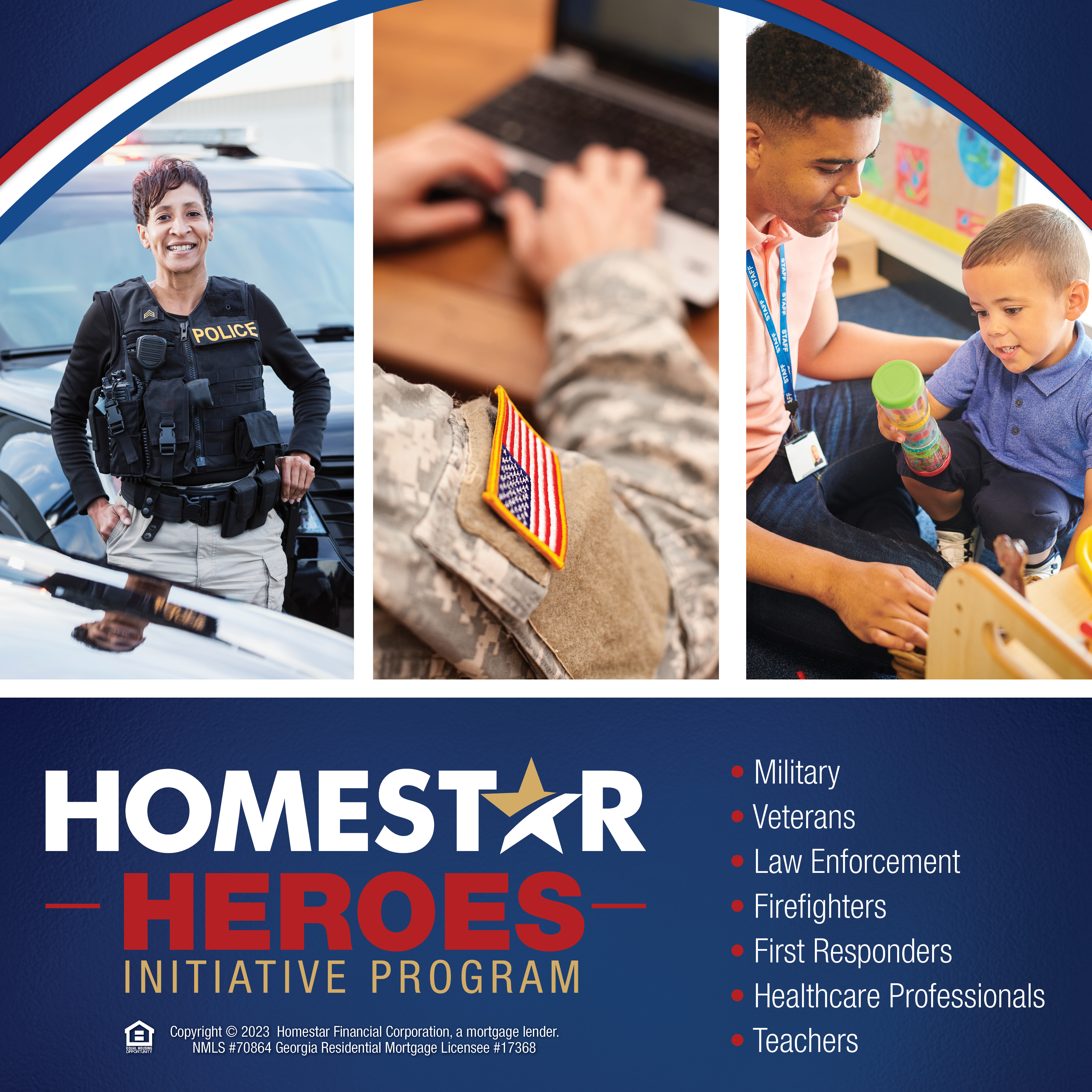
Emergency Contact Information
The most important thing you can do is to keep a list of emergency numbers by every phone. Include the police department, fire department, Poison Control, trusted family members and friends, and your healthcare provider’s office/emergency number.
Fire
An open source of flames (candle), cooking mishaps, electricity, and unattended curling and clothes irons can cause an accidental fire in your home.
To prevent fires, you can:
- Install smoke detectors. Check them regularly and change the batteries once or twice a year.
- Keep a fire extinguisher in a common area in your home and know how to use it.
- Never leave candles, curling and clothes irons, or cooking pans unattended as children or pets can knock them over.
- Unplug appliances when not in use. Check them frequently for any issues, like frayed wires or broken parts.
- Don’t place space heaters near curtains and blankets.
- Keep your chimney and dryer exhausts well-ventilated. Clean them often to avoid flammable buildup.
Falls
Falling down the stairs or slipping and falling on the bathroom floor can result in broken bones, head injuries, or other serious injuries.
To stay safe, ensure all staircases:
- Have solid handrails. Ensure the handrails are narrow enough so that children cannot fall through them (less than four inches apart).
- Have child safety gates installed. If the handrails are not narrow, install safety netting to cover them or opt to get them fixed by a professional contractor.
- Have adequate lighting as dim lighting is a fall hazard.
- Are kept free of clutter (toys, laundry, etc.) and dry at all times.
- Are equipped with a stairlift (for elderly or disabled people).
- Are painted with a bright or light color, so they are easier to see.
In the bathroom:
- Cover slippery surfaces with non-slip bathmats. Also, place non-slip rubber mats and install safety rails inside the tub and/or shower.
- Keep the floors dry as much as possible.
- If you use a step stool to reach items in the linen closet, make sure it’s sturdy.
- Place electrical items in a safe location and away from water.
Poisoning
Young children are the most vulnerable to unintentional poisoning because cleaning products, medications, paint, pesticides, and other harmful substances can be easy for them to access.
Here’s how you can minimize the risk:
- Keep cleaning products and other harmful substances out of reach of small children by placing them in high cupboards or childproofed cupboards.
- For the items normally kept in the garage (paint and pesticides), lock them away or place them on high shelves.
- Ensure all medications have childproof lids and are kept out of reach.
- Never leave children unattended in the kitchen and bathroom.
- Label and store them in the appropriate containers (not food containers).
Carbon monoxide poisoning occurs when carbon monoxide builds up in the bloodstream, which can lead to serious tissue damage or death. Carbon monoxide is colorless, odorless, and tasteless and is produced by burning wood, gasoline, charcoal, or other fuels.
To prevent carbon monoxide poisoning:
- Install carbon monoxide detectors and test them regularly.
- Check heaters annually.
- Never leave your car running with the garage door closed.
- Keep fuel-burning appliances and engines properly ventilated and in good repair (space heaters, furnaces, fireplaces, etc.).
- Install a home security system that can alert you when there are unsafe levels of carbon monoxide in your home.
Choking, Suffocation, and Strangulation
Choking, suffocation, and strangulation can be scary, especially if you have young children.
Here’s what you can do to keep your family safe:
- Take a class to learn how to help an infant, child, and adult when they are choking.
- Inspect all toys often for loose or broken parts.
- Keep small, hard foods (nuts and candy) and plastic bags out of reach.
- For smaller children or infants who are learning how to eat, cut up hard foods into small pieces (hotdogs and grapes).
- For infants, do not place any objects in the crib with them, including blankets and stuffed animals. Ensure that their mattress and sheet are secure.
- Keep all window cords up high or with the ends cut (so they don’t create a loop).
- Do not put necklaces or tie a pacifier around an infant’s neck.
Drowning
Drowning can occur in small amounts of water (bathtub) or large amounts of water (swimming pool). Children are at the highest risk.
Significantly reduce the risk of drowning by:
- Ensuring swimming pools, ponds, and hot tubs are properly covered and/or gated AND locked at all times.
- Never leaving young children alone in a bathtub.
- Emptying all open containers that are unattended, such as small kiddie pools or buckets of water.
- Placing childproof locks on toilets and staying with a child as they use the restroom and wash up.
Intruders
On average, an estimated 3.7 million burglaries occur each year. Don’t join this number!
Here’s how you can guard your home against intruders:
- Install a home security system.
- Always keep doors and windows locked.
- Equip your home with motion sensors.
- Close all blinds and curtains, so you don’t showcase what you have.
- Avoid placing large boxes (TV boxes) by the dumpster as it also advertises what you have.
- Store all valuables in a safe.
- Light up the outside of your home to deter them.
- Don’t post about being away from your home (vacation), your address and/or phone number, etc., on social media.
By implementing these tips, you can easily reduce common hazards and protect your home and loved ones. For more information about home safety, check out these resources:


